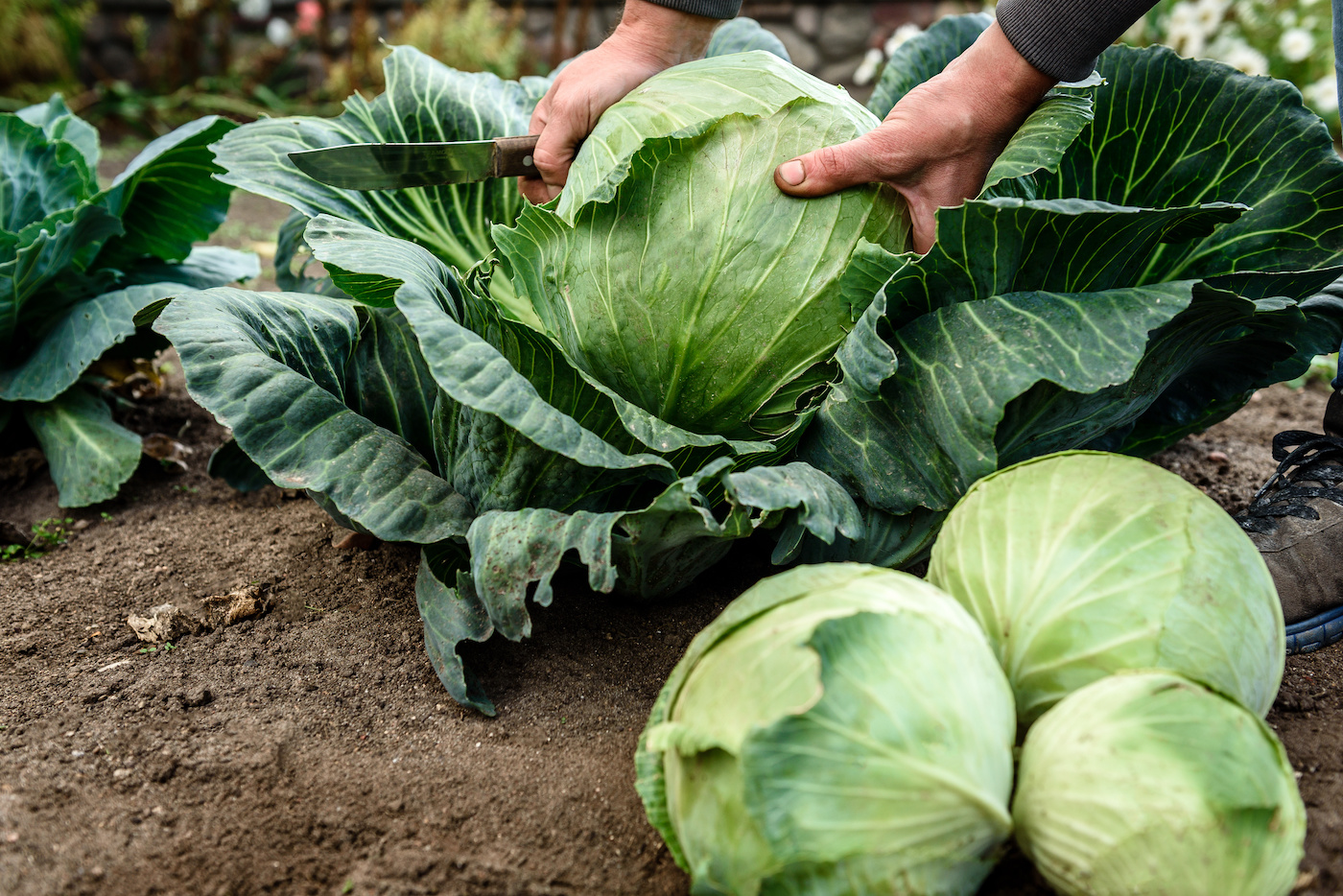[ad_1]
Thomas Malthus’ predictions that population growth would outstrip food production may now be widely disproved, but with the world’s population rising and questions about sustainability looming, it’s a prudent time to rethink and tweak agriculture. Some estimates suggest we’ll need to feed around 10 billion people by 2050
Phrases like fintech and biotech have practically become household names for many, but agri-tech has remained largely off the radar. That may be changing, with various agriculture innovations springing up over the last couple of years.
Introducing AI and agriculture
Agriculture has traditionally involved a high number of manual and repetitive tasks to ensure that crops grow healthily, in good conditions, and according to the yields expected. On the scale of huge farms growing large amounts of crops, this can result in the need for significant time and money investments. Yet artificial intelligence may be stepping in to save the day. Thanks to a combination of sensors, machine learning algorithms, robots, and other developments, AI promises to help with all of the following:
- Pest and weed control
- Crop yield predictions and optimization
- Insights about weather conditions to overcome seasonal issues
- Fertilization
- Monitoring of soil and crops
- Quality control
This becomes even more powerful when combined with other technological developments. For instance, if a sensor identifies weeds growing that could be a threat, the use of IoT and cloud technology could instantly send a notification to the device of farm owners or managers to ensure they can take action promptly.
All this can help produce greater amounts food more efficiently, with the potential for significant revenue for market leaders. Let’s take a look at some of the most exciting innovations and the companies getting involved.
IBM regenerative agriculture
Technology giant IBM (IBM) has launched IBM Regenerative Agriculture, which uses AI, data analytics, and predictive insights with IoT agricultural data to make decisions about crops. This improves quality crop output (e.g., increasing proteins in crops) and can also help with profitability and sustainability. For instance, IoT can help a farm adapt to the climate by offering weather data and making recommendations or warnings for the future.
The solutions also automate data sharing between stakeholders involved in the production process, from governments creating agricultural policies to insurance agents needing data for their claims processing. This helps everyone to make better decisions, and the specific solutions can be tailored based on a client’s needs.
Microsoft
Microsoft (MSFT) Research is working on Project FarmVibes, which aims to find high-quality solutions and tools to foster sustainable agriculture.
So far, this includes a range of technologies, such as:
- FarmVibes.Connect — takes data from drones, sensors, and equipment
- FarmVibes.Edge — processes this data
- FarmVibes.AI — takes the data and analyzes it
- FarmVibes.Bot — communicates with farmers so they can receive instant answers about what’s happening with their crops.
As you can see, these tools work hand-in-hand and make a formidable combination. Although this is currently in the research and development phase, it shows that Microsoft may head further down this route in the future.
Intel
Intel (INTC) Labs and National Science Foundation (NSF) joined together to invest in various AI programs. The partners invested $220 million in various AI institutes, and one of the relevant research areas was AI-Driven Innovation in Agriculture and Food System (focused on improving food supply chains).
Intel also has its own Intel Geti platform, which enables teams to easily build computer vision models. In other words, users can upload inputs like images and train AI to make predictions or apply labels/concepts based on its instructions. This is suitable for various agriculture applications — for instance, you can teach Geti to count only ripe fruits and use that to predict yields.
Plus, it allows professionals to collaborate more easily since they can all access the information in one place.
Others
Although major corporations are often a good bet when investing in new technologies, some private companies are making headway in this space too. SAS Institute specializes in data software and has developed agriculture analytics, which can count yields from drones, prioritize integrated pest management strategies, and more. It prides itself on helping clients to understand what its algorithms are doing.
Then there’s V7 Labs, which already has a data platform for agriculture that it is offering clients. It has capabilities such as livestock health monitoring, grading crops, and detecting diseases — and the team may be able to tailor certain functionalities. Plus, teams can collaborate in real-time, have their own Customer Success Manager for more support, and integrate the solution with their workflow using an API.
What will the future yield?
As the global population continues to grow and questions about sustainability become more pressing, it is becoming increasingly important to adopt technological solutions like AI to improve the efficiency and effectiveness of the agriculture industry. With both tech giants like IBM and newer companies such as V7 Labs getting involved, agri-tech is a space all investors should have on their radars.
The views and opinions expressed herein are the views and opinions of the author and do not necessarily reflect those of Nasdaq, Inc.
[ad_2]
Image and article originally from www.nasdaq.com. Read the original article here.

